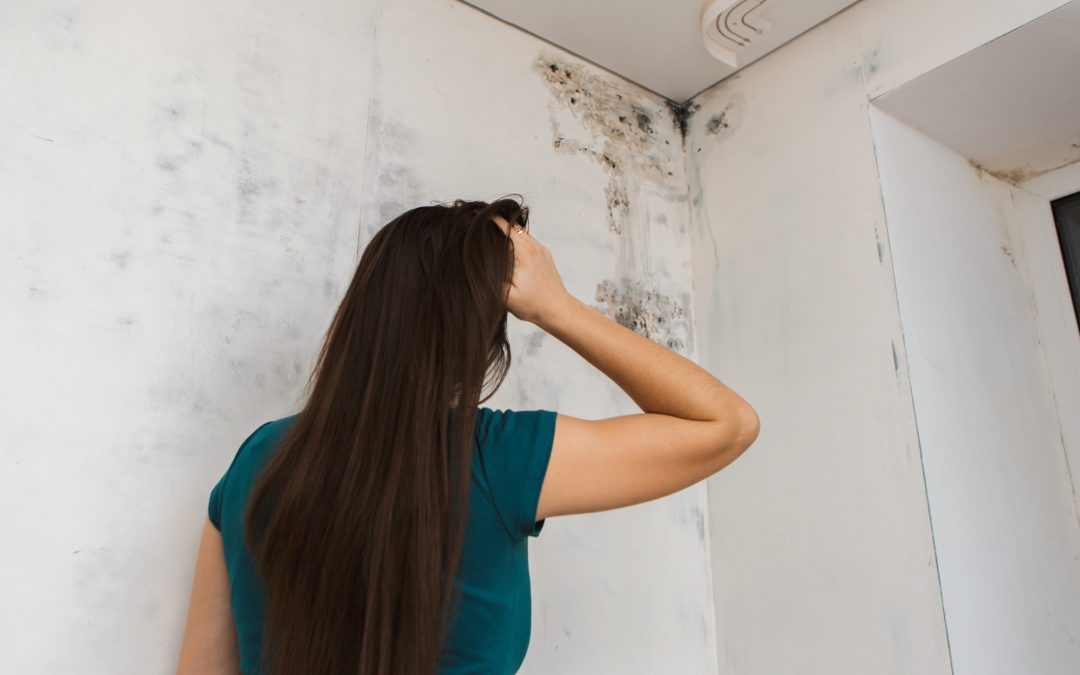Does your home feel like a rainforest? Some humidity makes your home feel comfortable and keeps everything, including your skin, from drying out.
But high humidity in your home can lead to serious problems, including mold growth and damage to furniture.
Using a dehumidifier is one way to remove moisture from your home, but there are many other easy and inexpensive options to help.
Keep reading to learn other ways to reduce moisture.
1. Use Fans
Running fans in your home can keep the space more comfortable and reduce moisture. The blowing air has a drying and ventilating effect. Keeping the air moving can help reduce moisture.
Running the air conditioning also helps control the humidity in your home. Change the HVAC filters often. If the filters get clogged, the air can’t flow well and humidity can build up in your home.
2. Increase Ventilation in Your Home
Many everyday activities add humidity to the air, including showers and heating water. If that moisture can’t escape, it adds to the humidity problem in your home.
Increasing ventilation can draw out excess moisture.
Ventilation fans that vent the air and moisture outside of your home help. Install and run ventilation fans in bathrooms and in the kitchen.
Opening windows can also help with ventilation. If you don’t have a bathroom fan, you might open the window slightly when you shower.
Taking shorter, cooler showers can also reduce condensation.
3. Absorb Humidity
A number of products absorb moisture in your home. Silica gel, baking soda, charcoal, and rock salt are examples.
These materials work particularly well in small spaces. You might place small containers of them in closets or cabinets to keep moisture to a minimum in those spaces.
4. Seal Leaks and Gaps
Any leaks, gaps, and cracks in your home can increase moisture levels.
Plumbing leaks can allow more moisture into your home. Check for leaks and condensation along pipes. Have a plumber repair any leaks you discover.
Roofing leaks can also increase moisture in the home. To find a roof leak, look on the underside of the roof in the attic to check for darker spots or dripping water.
Gaps along windows and doors or cracks on the foundation can allow outside moisture into your home. This can be a problem, especially in humid areas. Seal up those areas to cut down on moisture and reduce energy costs.
5. Have Plants
Many plants add moisture to the air, but some plants absorb moisture. If you like houseplants, choose varieties that will help lower the humidity inside.
Some naturally dehumidifying plants to consider include:
- Peace lily
- Parlor palm
- Reed palm
- Boston fern
- English ivy
- Tillandsia
Position the plants in the areas with the highest humidity to benefit them and your home.
Remove Moisture Effectively in Your Home
When you need to remove moisture from your Central Florida home, you can take many different approaches. Many of the options are easy and inexpensive.
If you’re concerned about mold in your high-humidity home, contact us for information about our Orlando mold inspection, mold testing and other environmental services.

